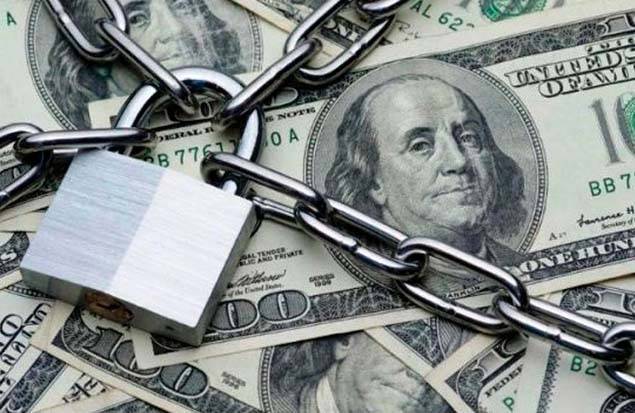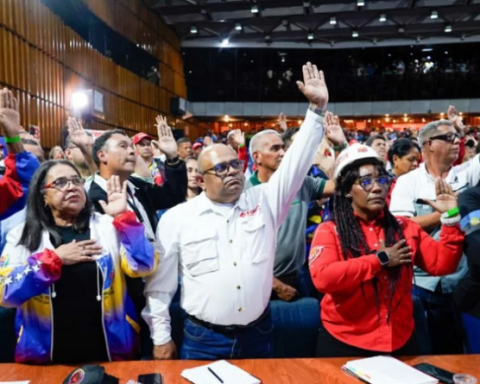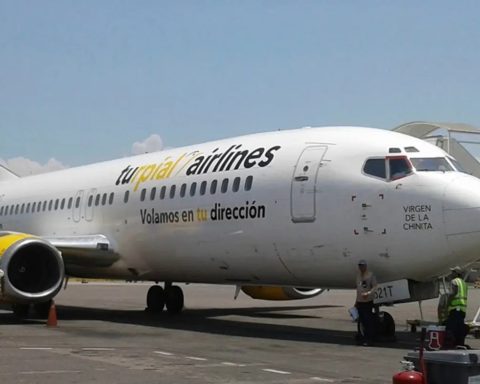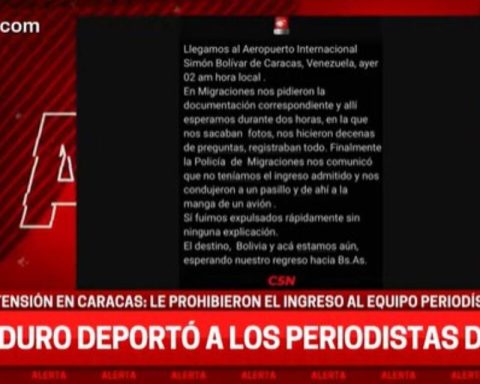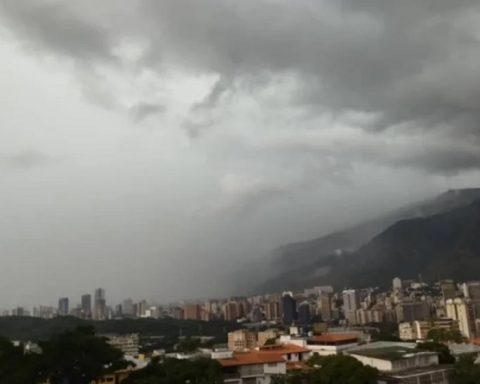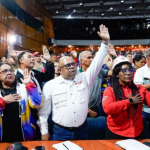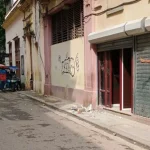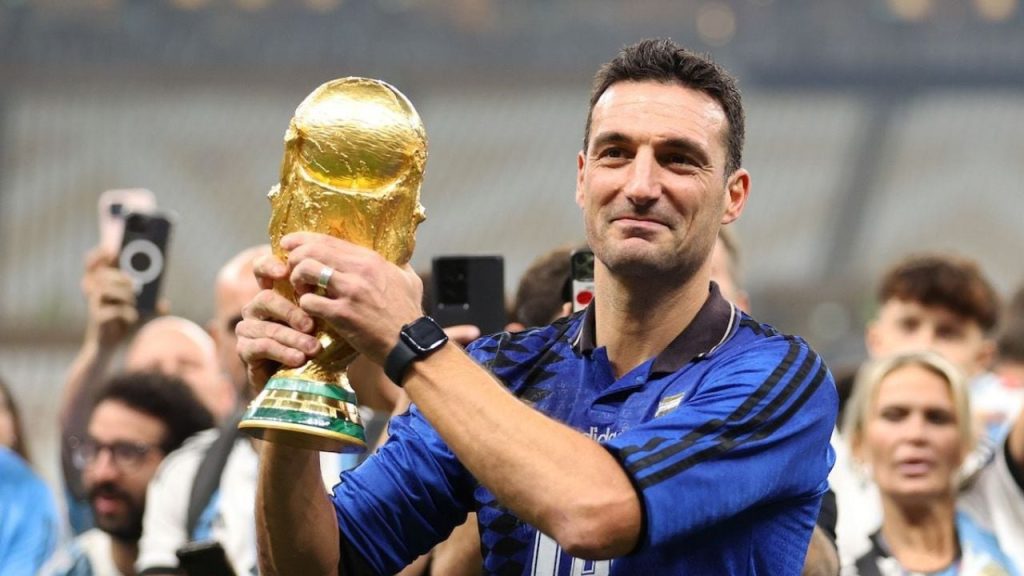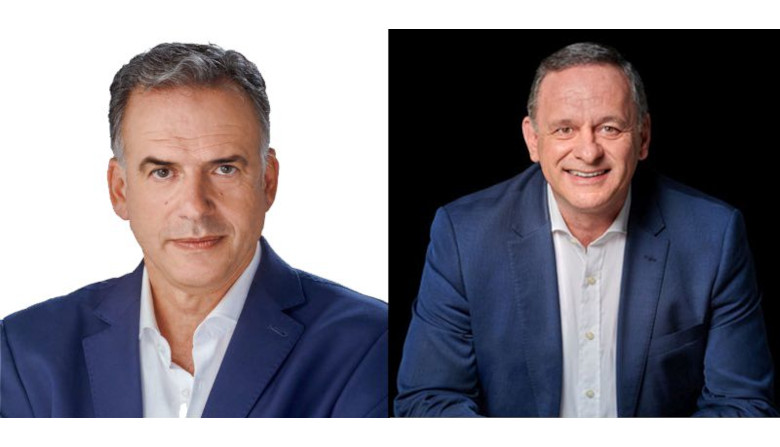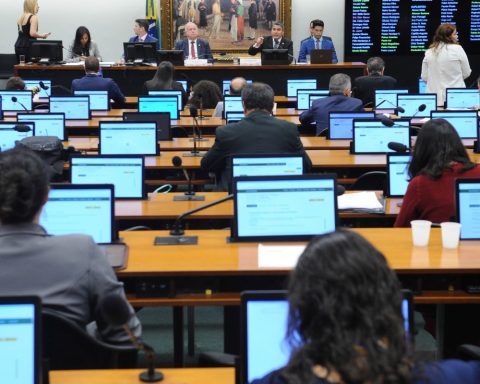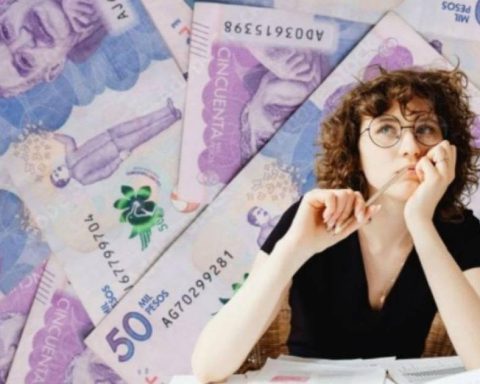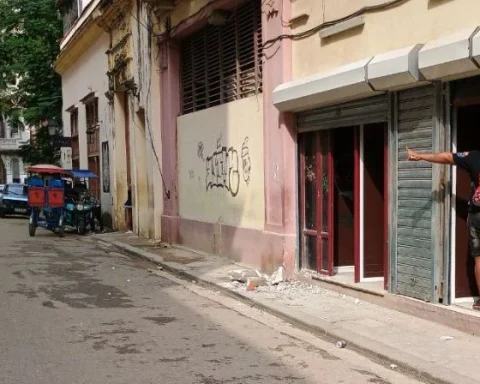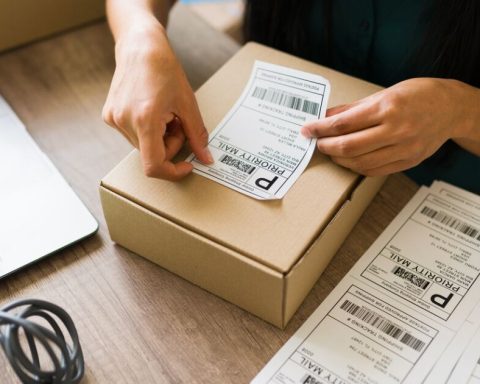Economist Gustavo García maintains that a process of restructuring the Venezuelan external public debt is extremely complex and in order to achieve stable conditions in this matter, “approximately 15 or 20 years are needed.” Therefore, this opacity of the data further complicates the possibilities of reaching payment agreements to reduce the amounts.
The opacity in the management of Venezuela’s public finances, combined with the dynamism of international markets in a context of sanctions against the country, makes it difficult to identify all the creditors of the Venezuelan external debt, highlighted the report prepared by a multisector team led by the economist Gustavo García on the state of debts at the end of 2023.
“Despite an exhaustive review of the little information available on the debt and the interview with different specialized sources in the area, it has only been possible to identify the creditors of 40% of the total debt that Venezuela has,” the study noted. “Settling the debt is saving Venezuela”.
It was also explained that the majority of the information available is on the creditors of the non-financial debt, while “Secret abounds regarding bondholders.”
García also stressed in the forum «Situation of Venezuela’s external public debt. How to resolve it for development?» organized by the Venezuelan Observatory of Finance (OVF), that a restructuring process of the Venezuelan external public debt is extremely complex and in order to achieve stable conditions in this matter, “approximately 15 or 20 years are needed.” Therefore, this opacity of the data further complicates the possibilities of reaching payment agreements to reduce the amounts.
The economist indicated that the country’s total debts At the end of December 2024 it will be 162,000 million dollars, amount that will continue to “grow exponentially since Venezuela has been declared in default (nonpayment) and the interest continues to increase the debt.
He pointed out that currently, each Venezuelan has his share of this debt, that is, each citizen has a debt equivalent to 5,600 dollars. «The GDP per capita of Venezuelans is about 3,600 dollars annually and the amount of debt is 5,600 dollars. “A person born in the country is already in debt.”
García recalled that when Hugo Chávez came to power in 1998, the amount of the debt was 31% of the Gross Domestic Product ($32,000 million) “which was perfectly manageable.” By December 31, 2023, the debt already exceeded 166% of GDP ($161,371 million), “which generates a climate of financial uncertainty for the country.”
In the breakdown of this total, the debt for the bonds of the Republic totals $49,583 million and the bonds of Petróleos de Venezuela (Pdvsa) the figure of $39,600 million. Likewise, there is the quota of $4,000 million that is owed to multilateral organizations such as the Inter-American Development Bank (IDB) and CAF Development Bank. As well as, the bilateral debts that Chavismo contracted with other governments and whose amount reaches approximately $8.6 billion; as well as the $15.6 billion with China. «The only amount that we have not been able to specify is the debt we have with Russia, What we do know is that the government has paid an important part of it,” García said.
He explained that the debt today has been issued in bearer bonds that change hands every day, in which the majority of shareholders are investment funds, individual investors, pension funds, which are bought and sold in the market with relative depth. “In this particular, public information is scarce and what is available comes from the data reported in the United States by the Securities Commission (SEC) and the Treasury Department.”
When analyzing this data, it is barely possible to identify a total of positions that reaches 19.39% of the circulating capital for Venezuelan bonds and 17.82% in the case of PDVSA bonds, figures that are far from being representative for Venezuelan debt. .
The report explained that at the time of imposing restrictions on the marketing of Venezuelan bonds in American territory, the United States OFAC issued General License No. 3 that authorized American investors or those operating within the United States territory to transfer their positions. without being exposed to sanctions for a period of time that extended until February 2019. With this decision – the document indicated – an uncertain percentage of American institutional holders sold or transferred their bonds to investors outside of those that country.
«In principle, Europe was a favorite destination, but the tightening of sanctions and compliance policies in multiple countries led to investors from other less transparent jurisdictions, such as Turkey, Russia, China or the Middle East, being the beneficiaries. Apart from institutional investors, those individuals or entities of Venezuelan origin that were included on the OFAC list were also forced to withdraw their positions in US and European funds. Ultimately, The result was the progressive deterioration of the available data on holders of Venezuelan debt, reducing the percentage reported by the funds to less than half prior to the 2017 financial sanctions.”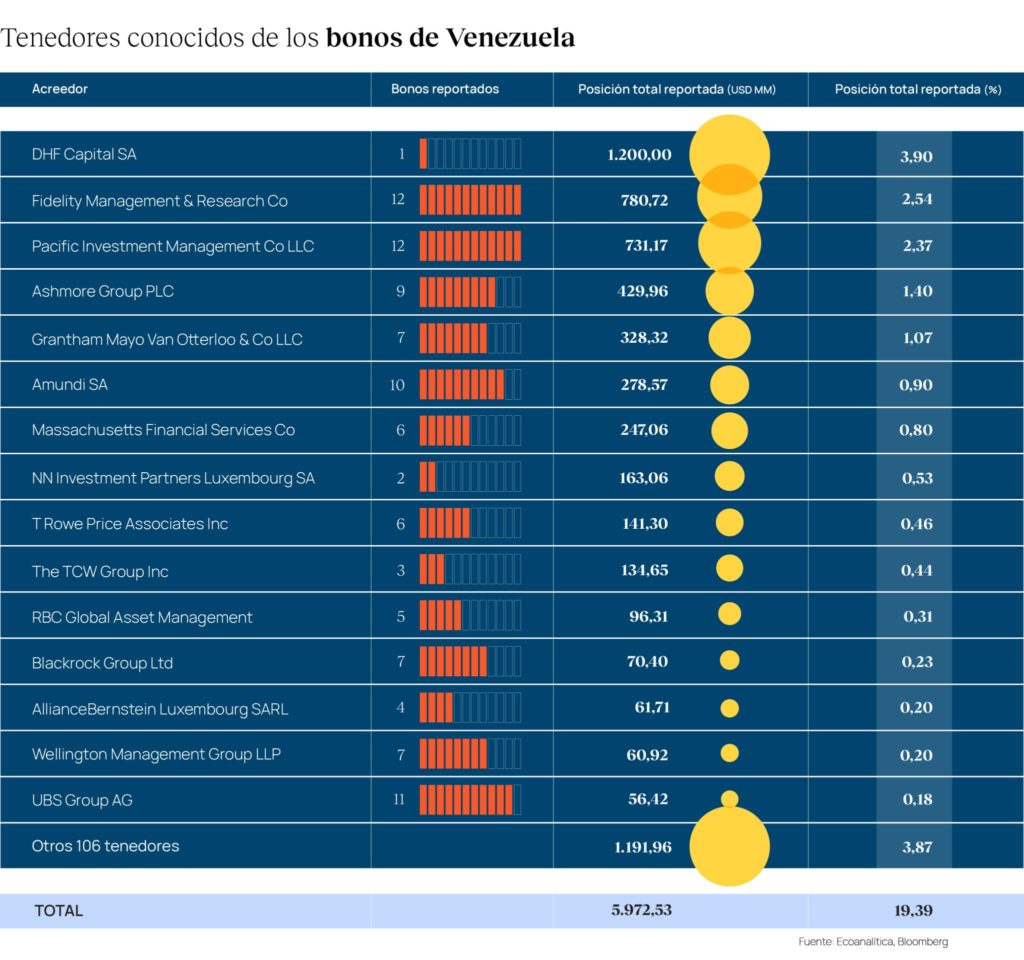
The debt with others
The report «Paying off the debt is saving Venezuela.” It highlights that the amount of Venezuela’s non-financial debt is around $71,170 million or 44% of the total. This classification includes debts acquired with multilateral banks; with other countries based on bilateral agreements; as well as with multinational companies that operated in Venezuela, but whose assets were expropriated or confiscated and they ended up suing in international courts.
The non-financial debt includes the commitments of the state-owned PDVSA with partners of the joint companies Chevron, Eni, Repsol, Cyprus Limited and others for non-compliance with joint contracts; as well as the bilateral debt with countries that make up the Paris Club, a discussion forum between official creditors made up of 22 countries that seek coordinated and sustainable solutions for nations with payment problems.
Among the creditors of non-financial debt, China stands out. Important commitments were made with this country within the framework of bilateral agreements that were intensified after the creation of the Venezuela – China High Level Mixed Commission, outside the National Public Credit Office and mostly agreed to be reimbursed with shipments. of oil.
At the International Center for Settlement of Investment Disputes (ICSID) of the World Bank 55 cases have been filed against Venezuela, 39 of them have concluded and the other 16 are still awaiting resolution. Of the processes that have already closed, 14 plaintiffs obtained decisions in their favor; An emblematic case is that of the American oil company Conoco-Phillips, which has three rulings in its favor.
Venezuela’s highest commercial debt It is with mixed companies, which were owed at least $10,931 million at the end of 2023. These are mainly Pdvsa’s outstanding accounts payable with the foreign B partners in the Joint Venture oil companies that operate in the country, mainly Chevron, Eni and Repsol.
«According to data obtained from direct sources, of the debt with mixed companies, 39.5% belongs to Chevron, 18.1% to Eni, 17.6% to Repsol and 24.8% to other partners. The balance of the other B partners of PDVSA, which would imply about $2,711 million, could have a significant participation of Russian joint companies that are owed about $1,500 million, according to sources from these companies. However, this latest information has not been able to be independently confirmed.
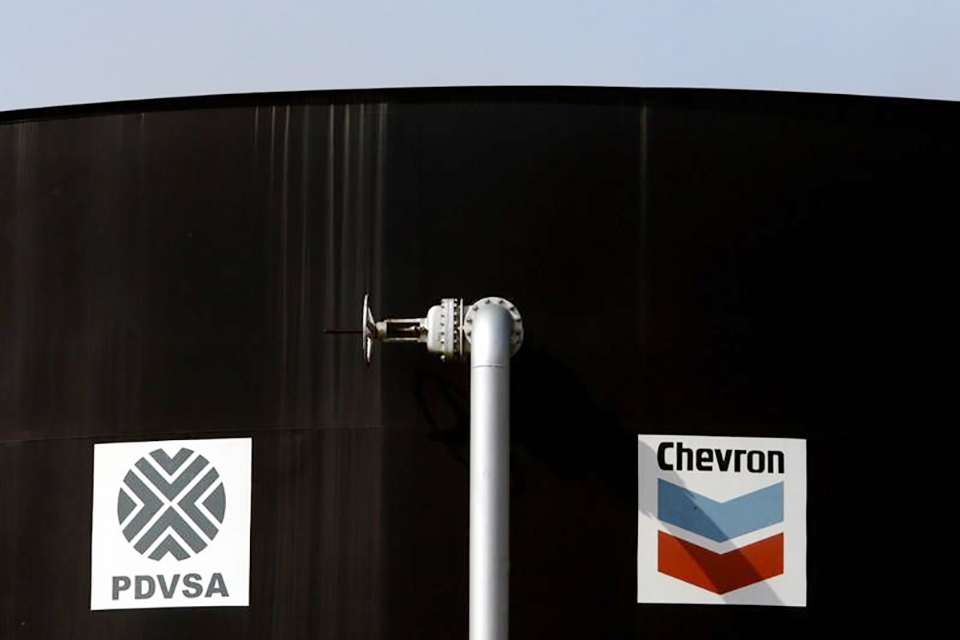
How to restructure?
“An official audit is necessary to go into a renegotiation process and it must evaluate all risks and comply with minimum transparency criteria,” the report states.
For Gustavo García “there is no doubt that Venezuela needs to participate in a program with the IMF (International Monetary Fund)” that first shows the economic figures, which have not been provided for 20 years. «We must put the fiscal accounts of the public sector in order (…) There must be a body with the credibility of the IMF that can act as a kind of auditor of the figures of the Venezuelan economy.
A significant fact that García pointed out at the OVF forum is that China has voting power in both the IMF and the World Bank, so it would be able to block any request or credit operation from Venezuela, of course in the event of some change occurs in the political leadership of the country.
He explained that to restructure Pdvsa’s bonds there must be consensus among all creditors, because otherwise there is a risk that they will sue the state oil company in international courts to try to execute a payment order. «By the end of 2024, about $5 billion in interest must have accumulated on this debt, so it is likely to end the year with a debt of $60 billion.”
If we do not continue honoring the commitments, this will generate, in the economist’s opinion, very negative consequences for the country. «If the default of the debt, it is basically impossible to restructure it, and this will isolate the country much more, closing all the doors of international financing, and access to international markets would be much more complicated, so it is very dangerous for this scheme to be maintained. of cessation of payments to the bad.
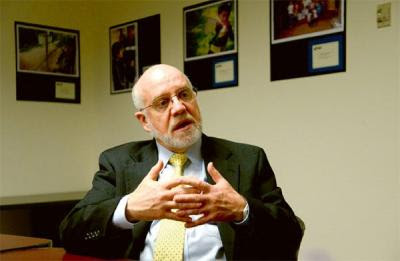
Post Views: 8
